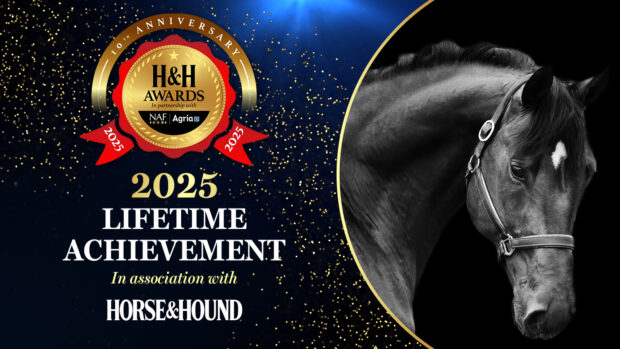Lameness and back pain are commonly recognised as causes of poor performance, but the horse’s neck is often overlooked, says Dr Sue Dyson FRCVS
The horse’s neck is made up of seven bones or vertebrae that are positioned in the lower half of the horse’s neck. The top half of the neck beneath the mane is muscle and a very big ligament, the ligamentum nuchae, that effectively forms the crest. Below the neck vertebrae run the jugular vein, carotid artery, the vagus nerve and muscles.
Causes of neck stiffness
• Arthritis: low-grade osteoarthritis of the facet joints at the base of the neck is a common incidental finding. However, more severe arthritis can result in neck pain and stiffness or, occasionally, forelimb lameness.
• Aftermath of injections: the neck is a common site to perform intramuscular injections for vaccination or for administration of antibiotics. A small proportion of cases develop transient neck muscle pain following such injections.
• Forelimb lameness: there are long, “strap” — or brachiocephalicus —muscles that run from the back of the head down the lower part of the neck throughout its length. These brachiocephalicus muscles are particularly prone to becoming sore at the base of the neck if the horse is suffering forelimb lameness. I presume that the horse adapts its gait because of lameness and places additional strain on these muscles.
• Accidental injuries: muscle injury can be traumatically induced by a horse pulling back when tied up, whether or not it succeeds in breaking away. The horse may appear normal at the time, but over the next few days could show neck stiffness, which will require physiotherapy or chiropractic manipulation.
• Delayed onset muscle stiffness: muscle soreness can also be induced by unaccustomed overuse. This “delayed onset muscular stiffness” is just like stiffness in people and is often worse two days after the extra work.
• Neck veins: when medicines are administered intravenously they are usually injected into the jugular vein. Some medicines are more of an irritant than others and may increase the risk of damage. This is particularly the case with repeated injections, where a blood clot or thrombus may form and cause an obstruction of the vein.
• Trapped nerves: occasionally a horse will find itself stuck with the neck in a horizontal position or just below the horizontal. The horse will be obviously distressed and in severe pain — this requires emergency examination by a vet and treatment with painkillers. The underlying cause of this is not known definitively, but I speculate that it is due to a “trapped nerve”.
This article was first published in Horse & Hound. To read it in full, see 23 October 2008 issue.



